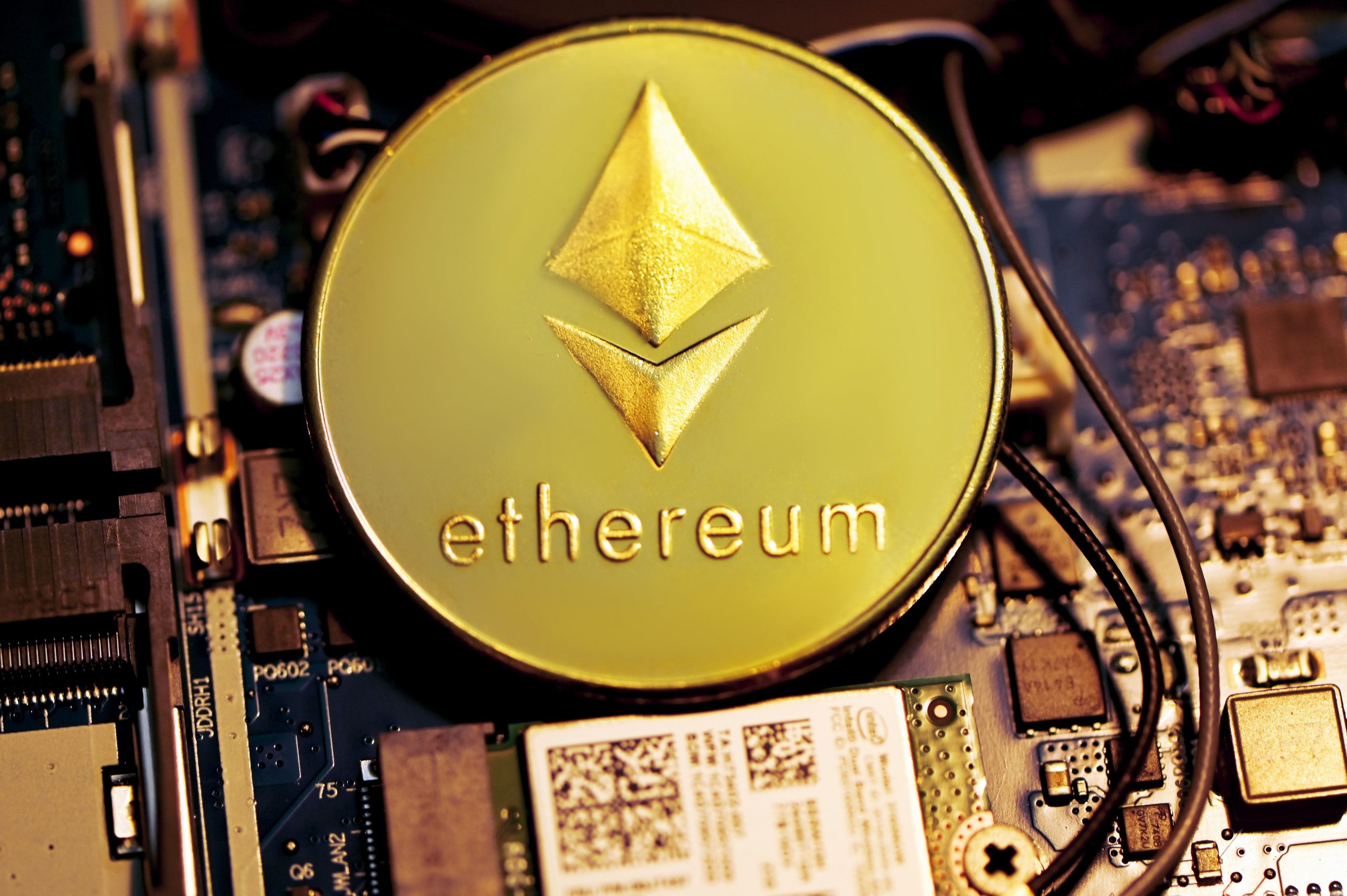Ethereum merge has finally happened, moving the digital machinery at the core of the second-largest cryptocurrency to a more energy-efficient system after six years of development and delay. It was no small milestone swapping out one way of running a blockchain, known as proof-of-work, for another, called proof-of-stake.
“The metaphor that I use is this idea of switching out an engine from a running car,” said Justin Drake, a researcher at the non-profit Ethereum Foundation told CoinDesk before the Merge happened. “I like to think of it as kind of like the switch from gasoline to electric,” he said.
Also Read | IBM India opposes moonlighting, calls it ‘cheating’
Why is Ethereum Merge important?
According to experts, Ethereum should now consume 99.9% or so less energy. A reduction in energy consumption will also enable institutional investors to trade more. The gas fees or transaction fees are expected to decline significantly. The blockchain will be able to process much more transactions per second as compared to the earlier version. According to media reports, Ethereum 2.0 can handle 100,000 transactions per second against 30 transactions per second in the previous version.
Also Read | Peiter Zatko’s Twitter whistleblowing timeline: What has transpired so far
Ethereum’s developers say the upgrade will make the network more secure and scalable. The network comprises a $60 billion ecosystem of cryptocurrency exchanges, lending institutions, non-fungible token (NFT) marketplaces, and other apps.
The idea behind the update was that Ethereum, whose ether (ETH) token’s current market value of around $200 billion makes it the second-largest cryptocurrency after bitcoin (BTC), would one day make this switch. However, the transition was a complicated and risky technical effort that many doubted would happen at all.
Also Read | Pieter Zatko’s Senate testimony: Key takeaways
“There’s a part of me which hasn’t completely realized that this is actually happening,” Drake said. “I’m somewhat in denial, you know because I’ve trained myself to just expect it to happen in the future,” he added.
When the Merge officially started at 2.43 am Eastern Time, more than 41,000 people were tuned in on YouTube to an “Ethereum Mainnet Merge Viewing Party.” They watched as key metrics flowed in showing that validators – the operators of Ethereum’s new proof-of-stake networks – were moving as expected and writing new transactions to the blockchain’s ledger. After around 15 minutes, the Merge was “finalized,” meaning it could officially be declared a success.
Also Read | Elon Musk’s $44 billion takeover deal approved by Twitter shareholders
The update ends the network’s dependence on the energy-intensive process of cryptocurrency mining. It has been closely watched by crypto investors and enthusiasts for the impact it is expected to have on the wider blockchain industry.
Also Read | Apple iOS 16: Which iPhone and iPad devices are compatible?
The update’s complexity was increased by the fact that it may have been one of the largest open-source software endeavors in history, demanding the coordination of dozens of teams and a number of individual researchers, developers, and volunteers.







